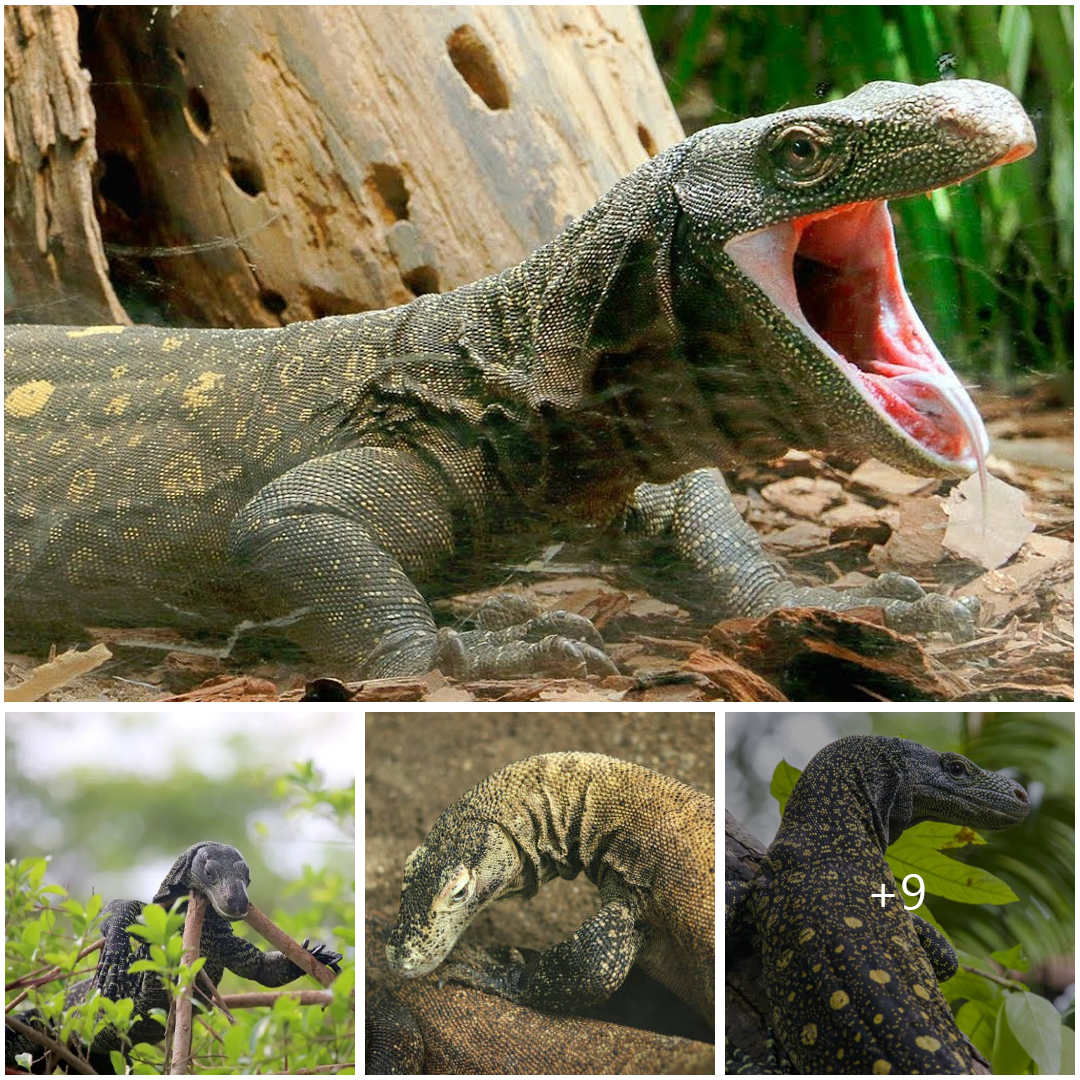
Conservation Challenges Facing the Crocodile Monitor
The Crocodile Monitor (Varanus salvadorii) is a majestic species of monitor lizard native to the rainforests of New Guinea. Despite its awe-inspiring presence, this iconic reptile faces numerous conservation challenges that threaten its long-term survival. This article explores the various threats facing the Crocodile Monitor and the efforts being made to conserve this remarkable species.
Habitat loss and fragmentation are among the most significant threats to the Crocodile Monitor. Deforestation, primarily driven by logging, agriculture, and human settlement, has resulted in the destruction of vast tracts of rainforest, depriving these lizards of their natural habitat. As a result, populations have become increasingly isolated, making them more vulnerable to extinction.
Illegal wildlife trade is another major concern for the Crocodile Monitor. These lizards are often captured and sold in the exotic pet trade, both domestically and internationally. Poaching for their skins and body parts further exacerbates the problem, putting additional pressure on wild populations.
Climate change poses additional challenges for the Crocodile Monitor, altering temperature and precipitation patterns and impacting their natural habitat. Increased temperatures can affect their reproductive success, while changes in precipitation can lead to habitat degradation and food scarcity.
Conservation efforts aimed at protecting the Crocodile Monitor include habitat restoration, anti-poaching initiatives, and public awareness campaigns. Collaborative efforts between government agencies, conservation organizations, and local communities are essential to safeguarding the future of this magnificent species.





